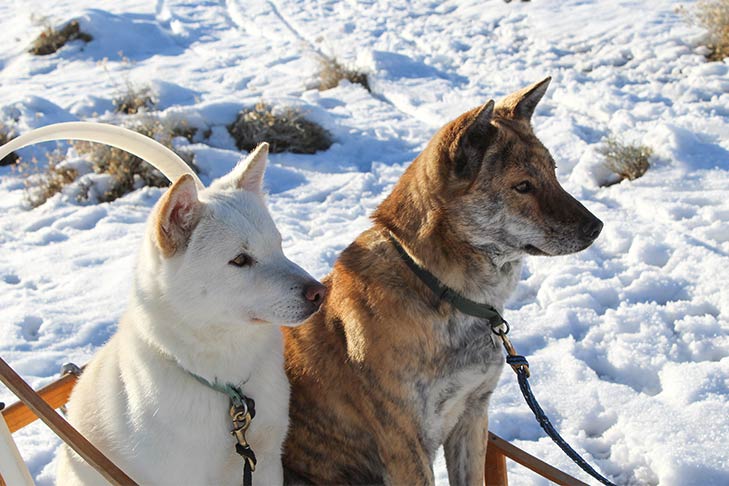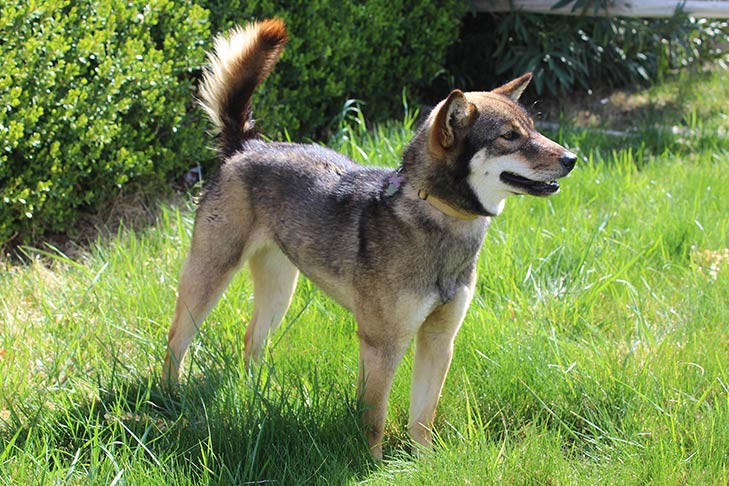Loyal, watchful, and intelligent, the Jindo developed as a breed on an island off the coast of South Korea. Medium-sized and natural in appearance, they are valued as independent hunters, discerning guardians, and loyal companions.
The Jindo Dog is a well-proportioned, medium-sized dog used for hunting and guarding. With erect ears and a rolled or sickle-shaped tail, it should be a vivid expression of agility, strength, alertness and dignity.The Jindo has a very strong instinct for hunting and is bold, brave, alert and careful, not tempted easily and impetuous. But most of all he is extremely faithful to his master. On the whole he is not fond of other animals, especially males. He also has a good sense of direction. A one-man dog, he readily accepts a new master, but never forgets his attachment towards the former master who raised him from puppyhood. He keeps himself clean and eats sparingly.
Club Contact Details Korean Jindo Association of America
Website: www.jindos.org
Club Contact Ann Kim Email: jindojunkie@yahoo.com








 Health
Health Grooming
Grooming Exercise
Exercise Training
Training Nutrition
Nutrition